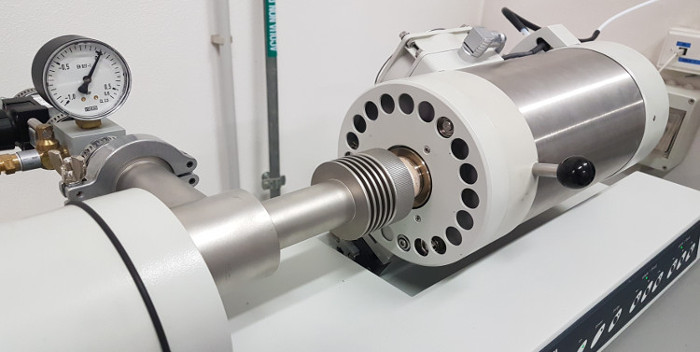This website uses cookies so that we can provide you with the best user experience possible. Cookie information is stored in your browser and performs functions such as recognising you when you return to our website and helping our team to understand which sections of the website you find most interesting and useful. More information in our Privacy Policy
Dilatometer
Supervisor : Elisa Mercadelli
Dilatometry is a thermoanalytical technique used to measure the length of samples, under negligible constant load when subjected to a controlled temperature/time program.
Main types of analyses:
• Thermal expansion (α = Coefficient of thermal expansion, CTE))
• Dimensional stability of the samples;
• Shrinkage/densification;
The instrument available, in particular, is a Dual and Differential Dilatometer, with a double sample arrangement (two high-resolution inductive displacement transducers for the simultaneous analysis of two samples), motorized independent movement of both the two pushrods, automatic zero positioning of the pushrods and control of theirs contact force, vacuum-tight design, possibility to perform the analyses in static air or using flowing gas (air, N2, Ar, CO2).
The analyses are performed following the GLP (Good Laboratory Practice) principles. The maximum working temperature is 1600°C, depending on material and analysis conditions used.
Differential linear dilatometer for high temperature, 402CD, Netzsch Geraetebau
• Measuring range: 500 μm / 5000 μm.
• Resolution: .125 nm/digit, 1.25 nm/digit.
• Pushrod load at the sample: adjustable between 15 and 45 cN.
• Samples dimensions: diameter up to 6 mm, length up to 25 mm.
• Heating rate: 0.01 – 50°C/min.
• Type S thermocouple.
• SiC furnace: Temperature range RT – 1600°C.

